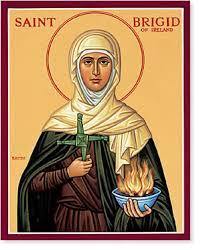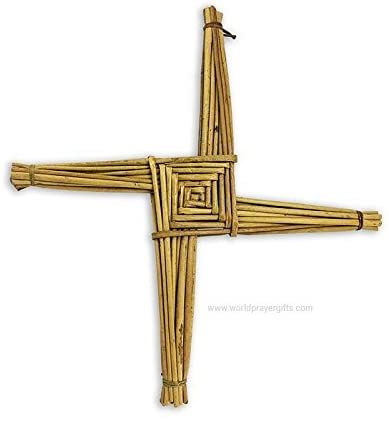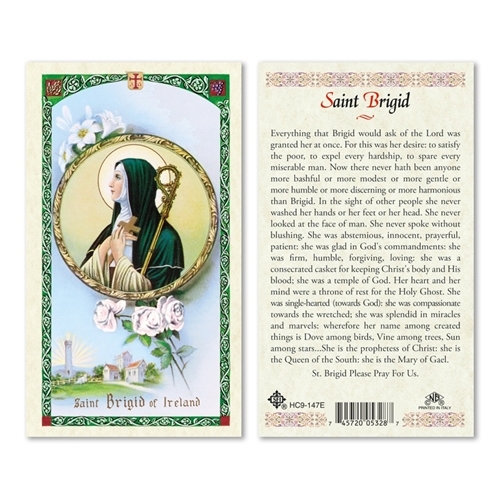The Sign of the Cross: Addendum
Feb. 1st, 2022 07:48 amYesterday I was working quickly, and so I left a few things out of the post on the Sign of the Cross.
(Actually, I'm probably going to need to re-read the whole thing, as I wrote the first half on Friday, then was suddenly called out of town on a family emergency all weekend, then wrote the rest Monday evening without reading the first half. Hopefully it's coherent enough!)
In any case, I could re-do the original piece, but I don't believe that
1. Symbolism Explained
The point of light represents the power of God the Father. Note that it isn't God the Father himself; God as he exists in Himself is incomprehensible to the human mind. Nor does it represent God's being or essence; rather, it represents his activity-- or to say it another way, his grace.
The point of light at the crown of the head represents God the Father, again. But here it represents God's specific act of creating you. God is that by virtue of which everything which exists, exists. God is therefore present to every being, and present within every being. The crown of the head specifically represents the highest part of us, which is always in the presence of God; the awareness of this is represented in sacred art by the halo.
We draw the light to our forehead in order to activate that energy center which is called the "Third Eye" in some traditions. This is also called the nous in Christian thought, and is sometimes referred to as the "eye of the soul."
We then draw the light downward into the heart of the Earth while chanting "Et filii," which means "And the Son." This represents the act of Christ the Logos, going forth from the father to create the world, as described in the first chapter of the Gospel of John.
Now: Here is where a variation becomes possible, as I wrote before. I simply send the light out to either direction. If you are used to working with the lunar current, you will visualize a second column of light rising from the heart of the Earth, joining the first at your heart, while chanting "Et Spiritu Sancti" (and the Holy Spirit), before sending it out. If not, or if you are working with the Golden Dawn or a similar tradition of magic, you will simply send the light outward, as I described.
The Holy Spirit can be understood in 2 ways: First, He is the presence of God in all creation. In the Middle Ages it was common, in fact, to talk about the world of nature as the second book written by the Holy Spirit (the first being the Bible, of course). Second, he perfects creation, making everything as it should be. This is why we talk about the "Descent of the Holy Spirit" at Pentecost-- at this time, the Holy Spirit becomes fully present to the Apostles, and they are given extraordinary "magical" gifts. The "powers" which are the gifts of the Holy Spirit are really the unfolding of human nature as it is meant to be.
The sphere of light is contiguous with the aura of the operator, and thus represents
Now, this is a very basic description of the symbolism of the Sign of the Cross. There are many additional layers of meaning which can be found, but this is left to each student as part of the work of initiation.
2. Are we Commanding God?
The question immediately arises-- and this is a frequent objection to all magic-- whether using the sign of the Cross in this way is somehow "commanding" God. The answer is no, absolutely not. God cannot be commanded by a human being.
If it's not a command, though, can we expect it to work every time we use it?
Yes!
But doesn't that mean that it's a kind of mechanism?
No, not at all.
How does it work, then?
The answer is simple. The Sign of the Cross is a prayer, and prayer always works:
(Actually, I'm probably going to need to re-read the whole thing, as I wrote the first half on Friday, then was suddenly called out of town on a family emergency all weekend, then wrote the rest Monday evening without reading the first half. Hopefully it's coherent enough!)
In any case, I could re-do the original piece, but I don't believe that
1. Symbolism Explained
The point of light represents the power of God the Father. Note that it isn't God the Father himself; God as he exists in Himself is incomprehensible to the human mind. Nor does it represent God's being or essence; rather, it represents his activity-- or to say it another way, his grace.
The point of light at the crown of the head represents God the Father, again. But here it represents God's specific act of creating you. God is that by virtue of which everything which exists, exists. God is therefore present to every being, and present within every being. The crown of the head specifically represents the highest part of us, which is always in the presence of God; the awareness of this is represented in sacred art by the halo.
We draw the light to our forehead in order to activate that energy center which is called the "Third Eye" in some traditions. This is also called the nous in Christian thought, and is sometimes referred to as the "eye of the soul."
We then draw the light downward into the heart of the Earth while chanting "Et filii," which means "And the Son." This represents the act of Christ the Logos, going forth from the father to create the world, as described in the first chapter of the Gospel of John.
Now: Here is where a variation becomes possible, as I wrote before. I simply send the light out to either direction. If you are used to working with the lunar current, you will visualize a second column of light rising from the heart of the Earth, joining the first at your heart, while chanting "Et Spiritu Sancti" (and the Holy Spirit), before sending it out. If not, or if you are working with the Golden Dawn or a similar tradition of magic, you will simply send the light outward, as I described.
The Holy Spirit can be understood in 2 ways: First, He is the presence of God in all creation. In the Middle Ages it was common, in fact, to talk about the world of nature as the second book written by the Holy Spirit (the first being the Bible, of course). Second, he perfects creation, making everything as it should be. This is why we talk about the "Descent of the Holy Spirit" at Pentecost-- at this time, the Holy Spirit becomes fully present to the Apostles, and they are given extraordinary "magical" gifts. The "powers" which are the gifts of the Holy Spirit are really the unfolding of human nature as it is meant to be.
The sphere of light is contiguous with the aura of the operator, and thus represents
Now, this is a very basic description of the symbolism of the Sign of the Cross. There are many additional layers of meaning which can be found, but this is left to each student as part of the work of initiation.
2. Are we Commanding God?
The question immediately arises-- and this is a frequent objection to all magic-- whether using the sign of the Cross in this way is somehow "commanding" God. The answer is no, absolutely not. God cannot be commanded by a human being.
If it's not a command, though, can we expect it to work every time we use it?
Yes!
But doesn't that mean that it's a kind of mechanism?
No, not at all.
How does it work, then?
The answer is simple. The Sign of the Cross is a prayer, and prayer always works:
What father among you, if his son asks for a fish, will instead of a fish give him a serpent; or if he asks for an egg, will give him a scorpion? If you then, who are evil, know how to give good gifts to your children, how much more will the heavenly Father give the Holy Spirit to those who ask him!”


